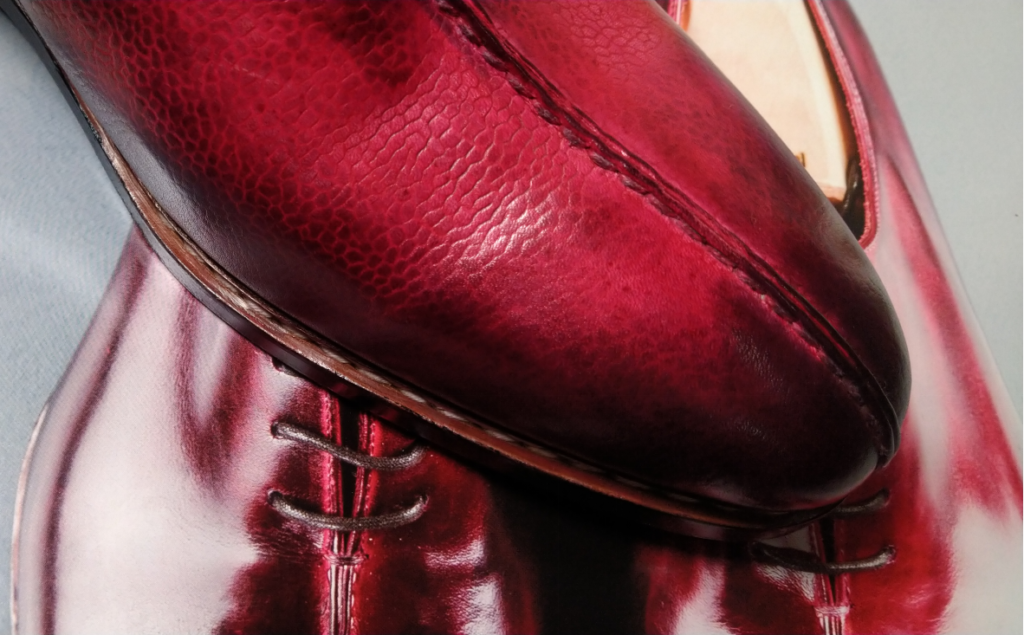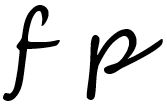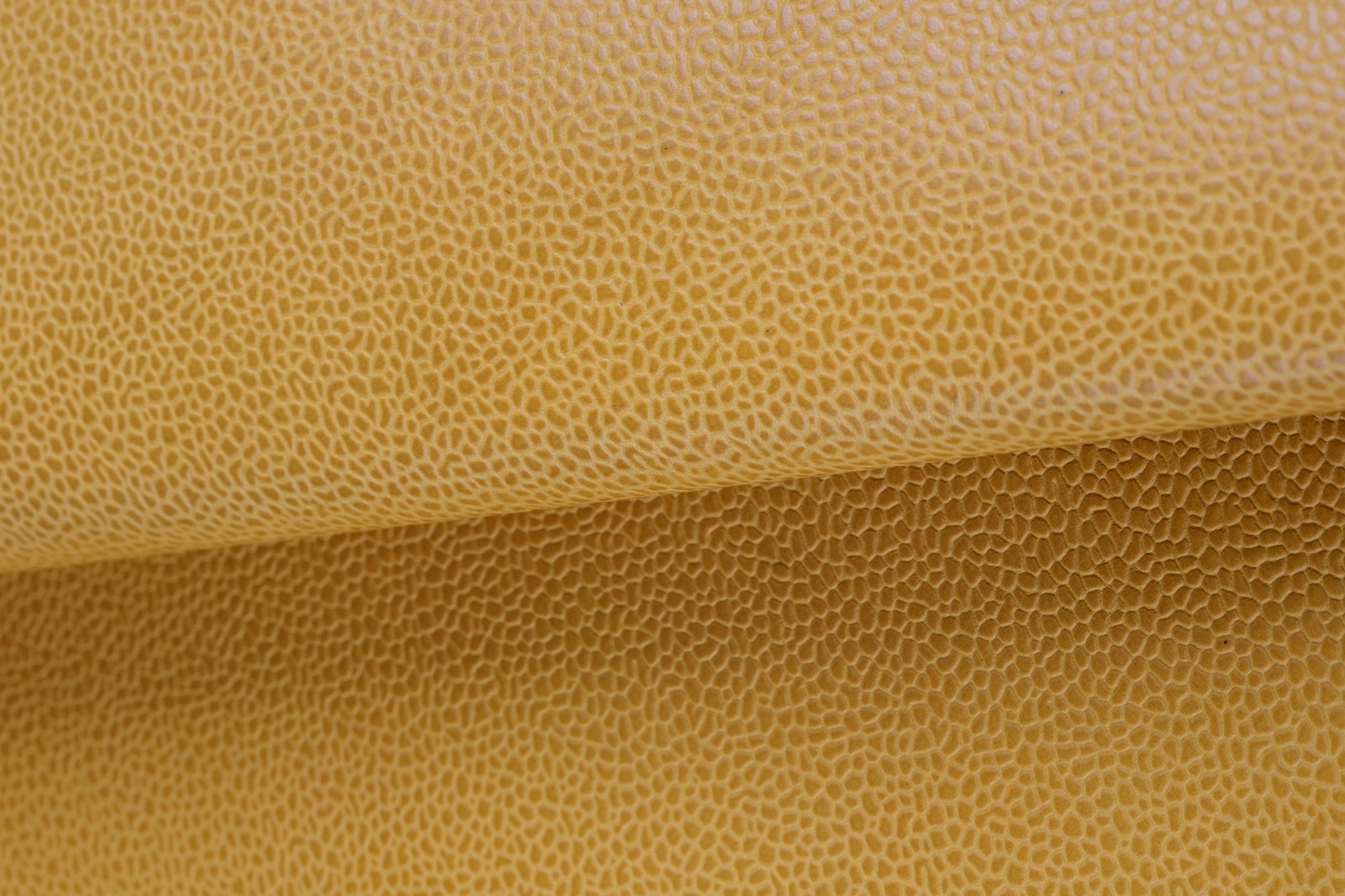After playing with shoes to a certain extent, we (shoe enthusiasts) definitely start to care about leather, just as tailoring fans pay attention to fabric. Are there more styles of shoes than types of leather? Are there more pattern styles than fabrics? Not easy questions to answer. What are the benefits of caring these raw materials? It’s that for people looking for fun, this pit is big and deep enough for you to have a good time.
The vast majority of dress shoes are smooth leather and mainly in black, followed by dark brown and then light brown. This is observation does not apply for enthusiasts. Then it ends here for most people, and the next road, which is for enthusiasts to go down alone, is suede. In terms of color, dark brown is the most welcome, then gray and black. Navy blue is seen but not much. Next, it’s the turn of the grain leather.
The use of grain leather on leather goods is not less than that, and it can even be said that the total number should far exceed that of smooth leather. Of course, my statement is inaccurate. Because leather is classified to smooth leather and suede, representing the pore side and the flesh side respectively. Smooth leather and grain leather are both smooth leathers. For example, leather bags, sofas and car seats all love to use grain leather of all kinds of textures while dress shoes focus more on smooth leather such as Boxcalf.
Back to dress shoes-oriented grain leathers, there are a lot to choose from, such as hatch grain, Utah, pin grain etc., but the most dominant, or the longest active one is Scotch Grain.
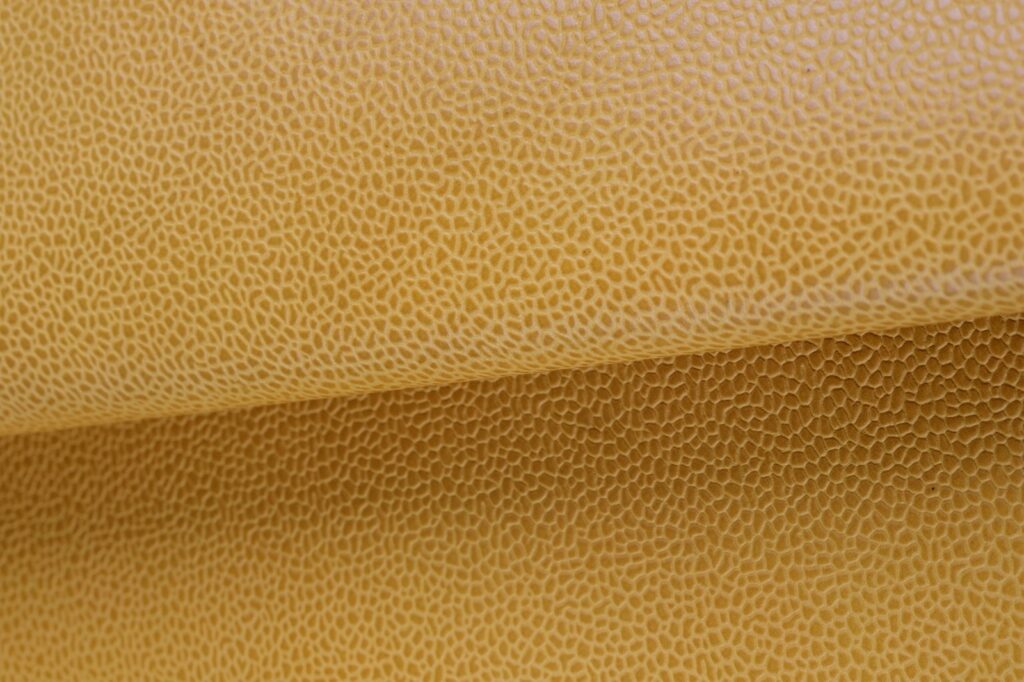
The earliest history of this leather is that the Scots would make the barley pomace left over from whisky to tan the leather, and this tanning liquid would cause the leather to shrink violently, forming a ravine-like pattern like rhinoceros leather.
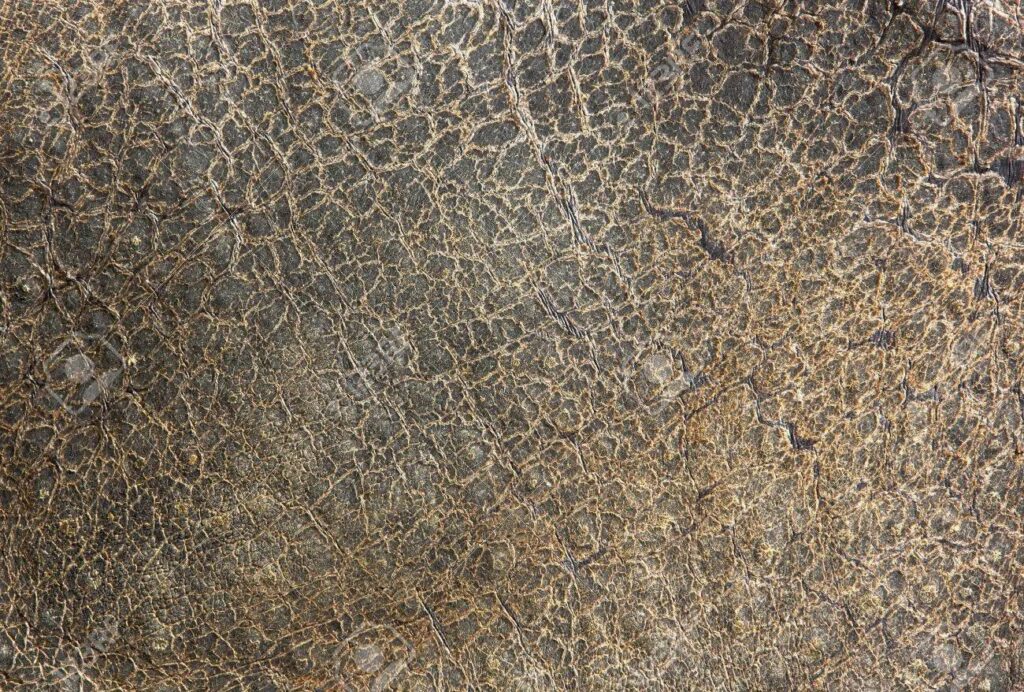
Occasionally, one Scottish bespoke shoemaker made a pair of riding boots for his royal guests out of this leather, bringing this leather into the mainstream’s (in England, upper-class) vision.
Functionally speaking, this leather is very resilient and waterproof because of its strong shrinkage in tanning. On the appearance, the rough marks are definitely great for village shoes or boots and suitable for outdoor wear.
Today, Scotch Grain no longer utilizes that tanning method, and they are all embossed leather. Although there are many tanneries in Europe produce this leather, French tannery Du Puy is the undisputed hegemon.
Du Puy may be the first tannery to make this leather in modern times, but which one raised the demand? It’s the English mainstay, Crockett & Jones, with a more specific name, Burnishable Scotch Grain. Burnish means to darken the color of the toe.
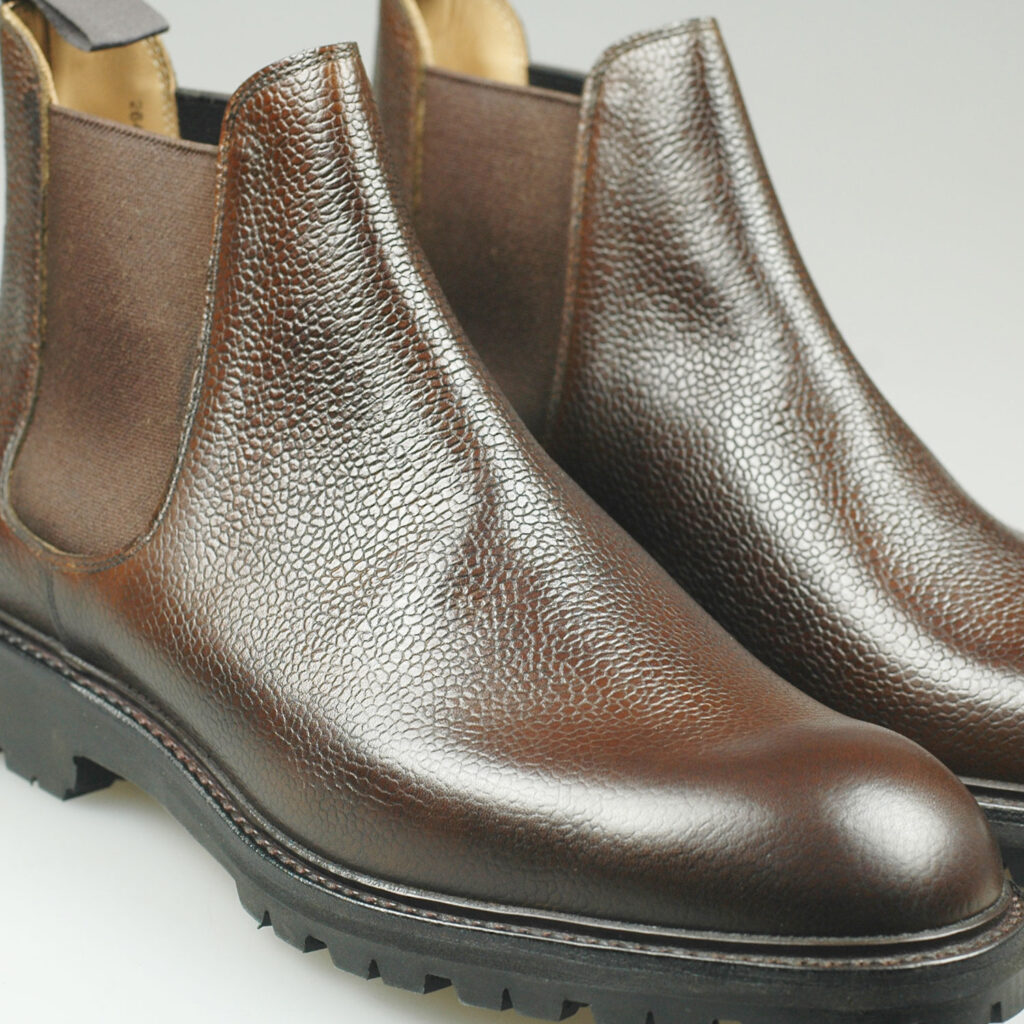
This leather is used on the country shoes that Jonathan Jones, the current owner of the family, wanted to wear himself. To this day, Coniston and Pembroke are Crockett & Jones’ peerless classics, although for most urban enthusiasts, it is too outdoor or sporty.

Scotch Grain is definitely an icon for outdoor usage, but some people with ulterior motives, put it on the most indoor shoes, slippers.
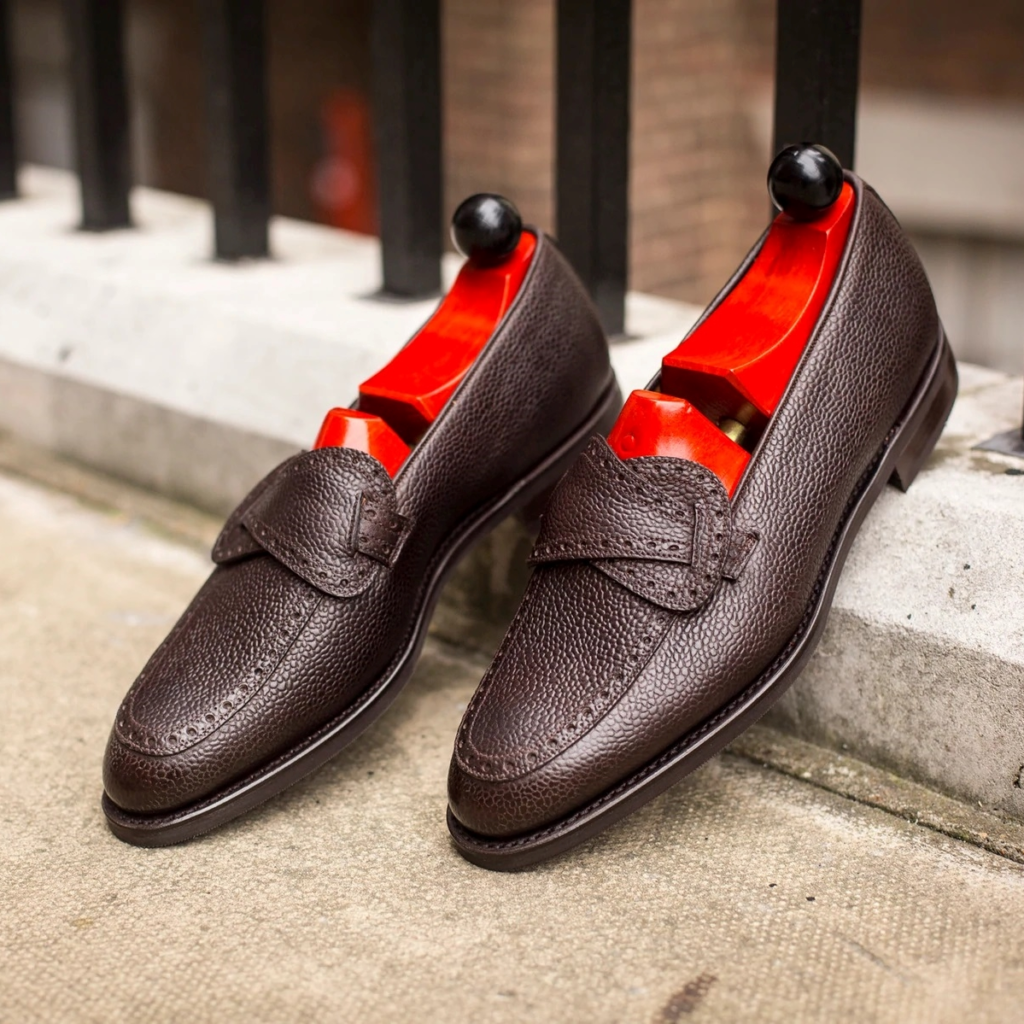
J.FitzPatrick Kennewick, putting the old-fashioned full Brogue butterfly with this leather which is really stretching.
For this leather, there are two more deep knowledge, I’m afraid you won’t see too much.
First, many people think that Pebble Grain and Scotch Grain are interchangeable, but as the initiator of modern Scotch Grain, Crockett & Jones obviously won’t agree because they separate Pebble Grain from Scotch Grain, which looks like this.
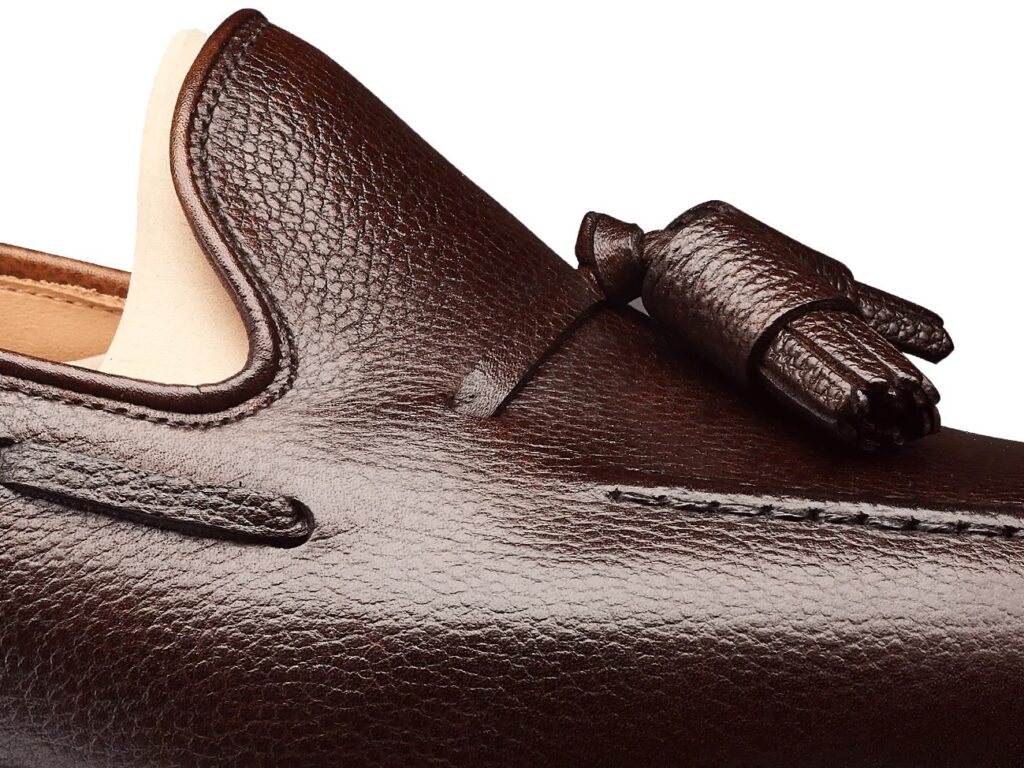
The second is that the height of this grain will vary a lot with the degree of lasting. Austrian bespoke shoemaker Maftei made this iconic Ersherzog with Du Puy’s Scotch Grain, and you can see the height of the grain is significantly reduced.
